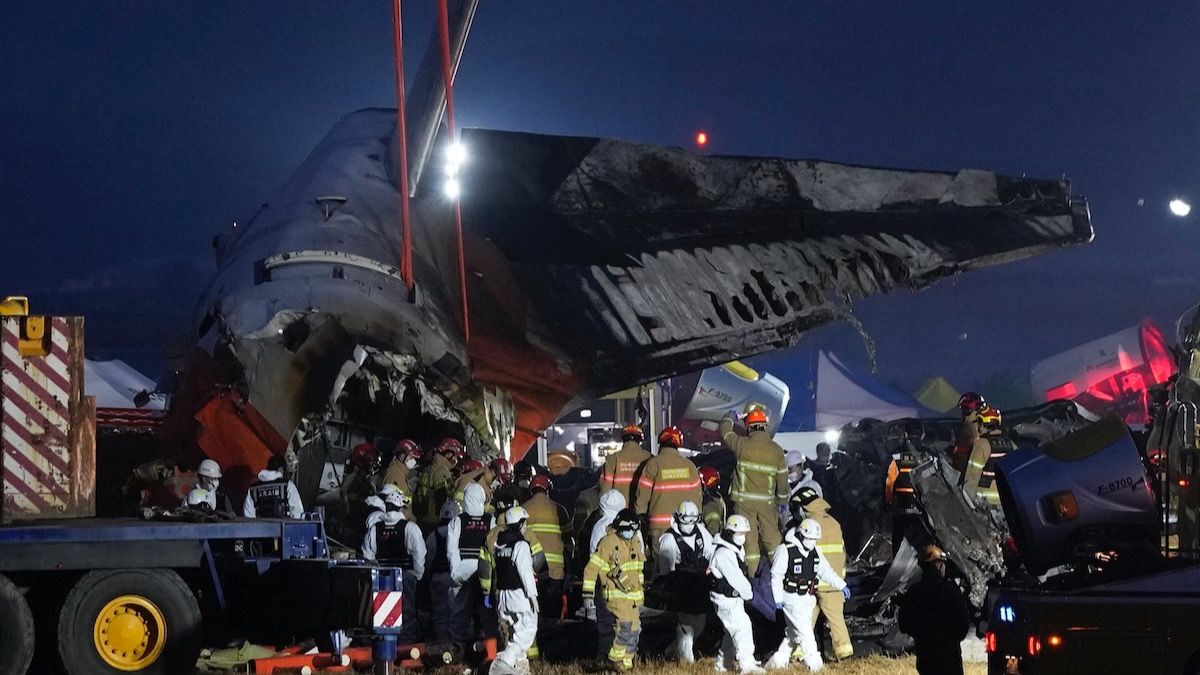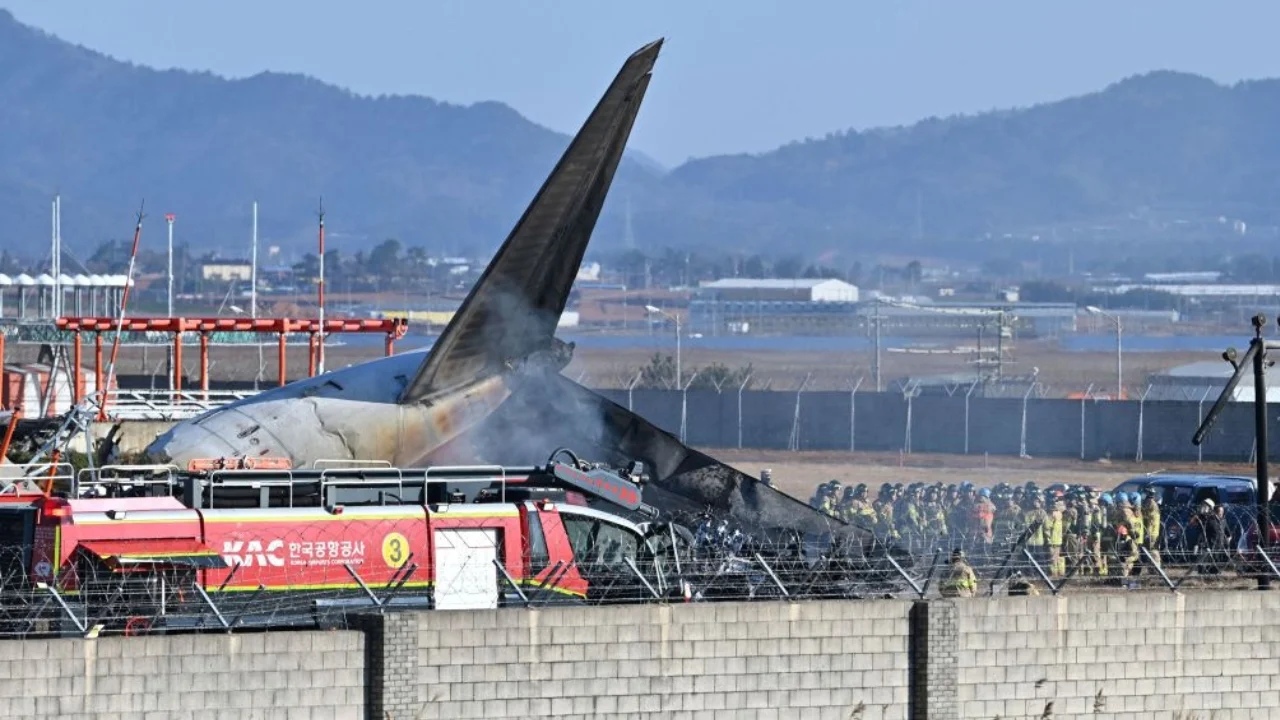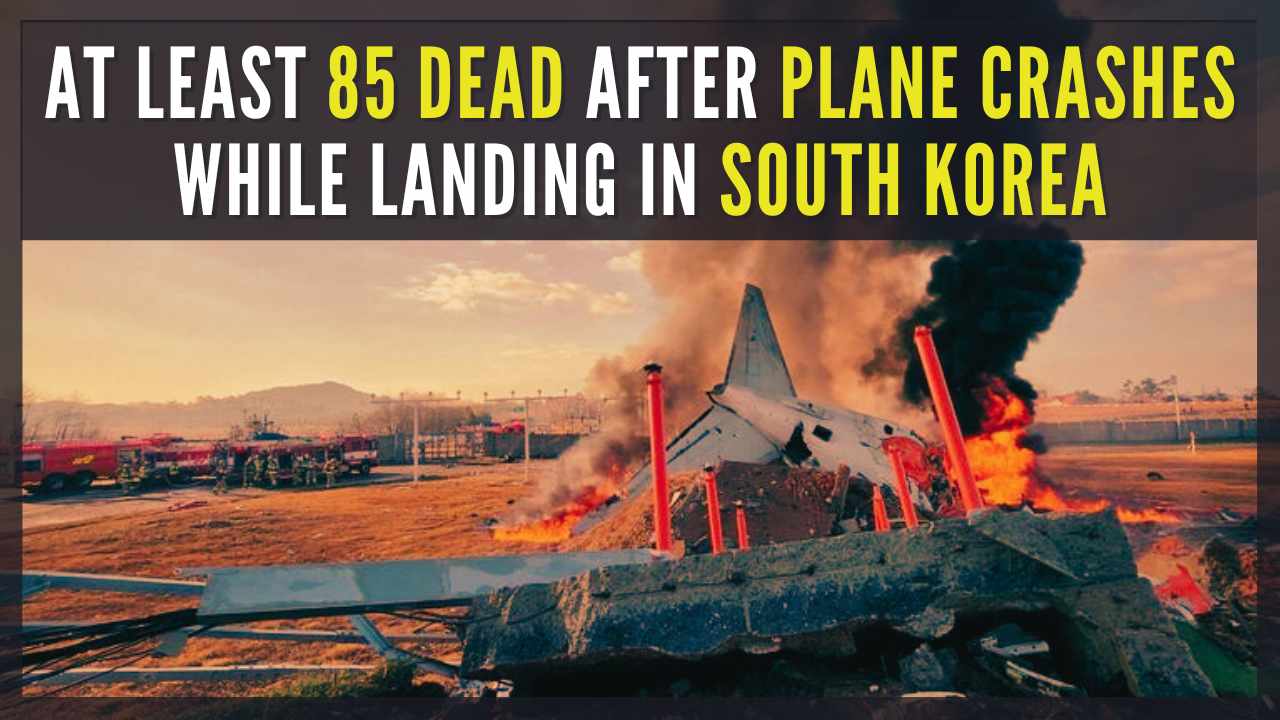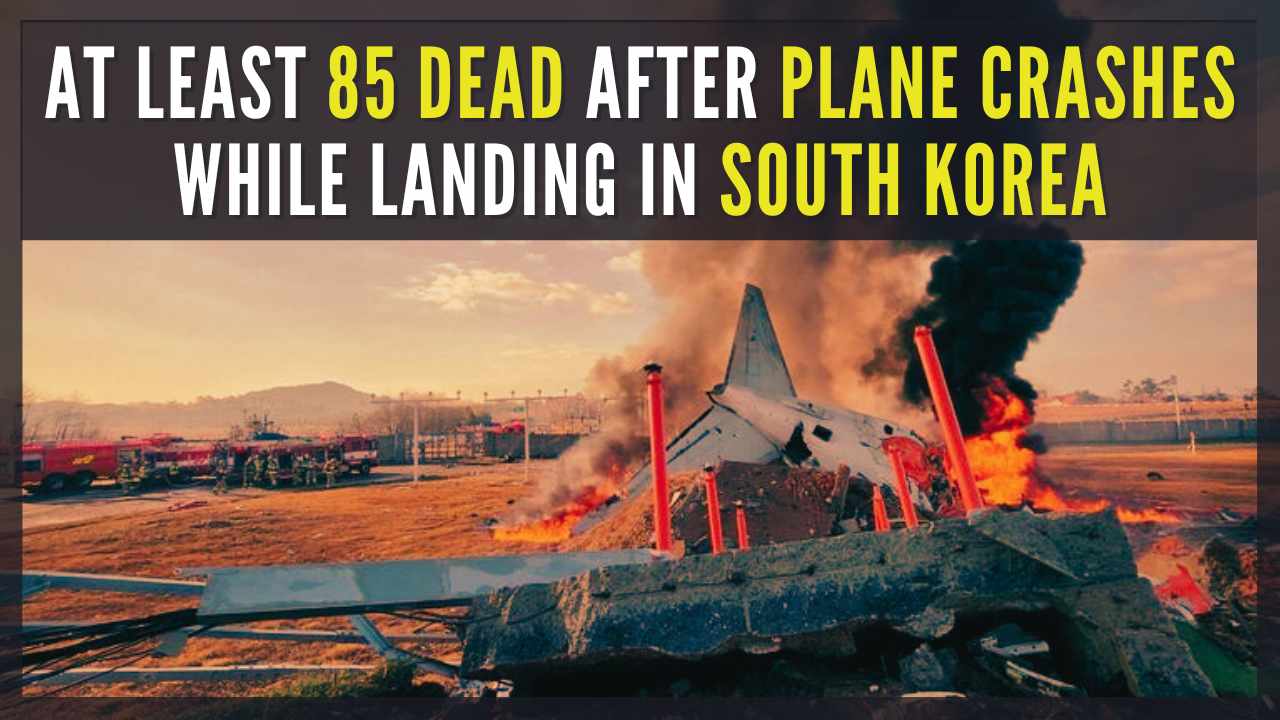South Korean plane crashes represent a complex history involving technological advancements, regulatory changes, and human factors. This exploration delves into the significant events, examining contributing causes ranging from pilot error and mechanical failures to weather conditions and the influence of evolving safety regulations. We’ll also look at how these events have shaped public perception and the South Korean aviation industry’s response.
Understanding these incidents is crucial for improving aviation safety globally. By analyzing past crashes, we can identify trends, evaluate the effectiveness of safety measures, and appreciate the ongoing efforts to prevent future tragedies. This investigation will cover key statistics, detailed case studies, and the impact on both national and international aviation standards.
A Look at South Korean Plane Crash History
South Korea’s aviation history, like that of many nations, includes both periods of significant progress and tragic incidents. Understanding the historical context of plane crashes in South Korea is crucial for assessing the evolution of safety regulations, technological advancements, and public perception. This examination will explore key crashes, their causes, and the resulting impact on the nation’s aviation sector.
Historical Context of South Korean Plane Crashes

Several significant plane crashes have shaped South Korean aviation safety. These events have led to significant changes in regulations and procedures. Analyzing these incidents, along with a comparison to other international airlines, provides a comprehensive understanding of South Korea’s aviation safety journey.
| Date | Airline | Aircraft Type | Casualties | Cause |
|---|---|---|---|---|
| August 1971 | Korean Air Lines | Boeing 707 | 112 | Pilot error and bad weather |
| December 1987 | Korean Air Lines | Boeing 707 | 115 | Pilot error |
| November 1997 | Korean Air | Boeing 747 | 228 | Pilot error and communication failures |
| August 2002 | Asiana Airlines | Airbus A330 | 2 | Mechanical failure |
| July 2013 | Asiana Airlines | Boeing 777 | 3 | Pilot error and landing difficulties |
Note: This table represents a selection of major incidents and the casualty figures are approximate and may vary depending on the source. Causes listed are generally accepted findings from official investigations.
Causes of South Korean Plane Crashes
A variety of factors contribute to plane crashes. Examining these factors is essential for developing preventative measures.
- Pilot Error: This includes issues such as poor decision-making, inadequate training, and fatigue.
- Mechanical Failure: This encompasses malfunctions in aircraft systems, engines, and other critical components.
- Weather Conditions: Severe weather events like storms, fog, and icing can significantly impact flight safety.
- Air Traffic Control Issues: Communication failures or errors in air traffic control can contribute to accidents.
- Maintenance Issues: Inadequate or delayed maintenance can lead to mechanical failures.
Safety Measures and Regulations in South Korean Aviation

South Korea has implemented robust safety regulations and procedures. These are enforced and monitored to maintain high standards. A comparison with international standards highlights the nation’s commitment to aviation safety.
| Regulation Area | South Korea | United States | United Kingdom |
|---|---|---|---|
| Pilot Training Standards | Stringent standards aligned with ICAO regulations | FAA-regulated, highly standardized training | CAA-regulated, rigorous training programs |
| Aircraft Maintenance Regulations | Regular inspections and maintenance mandated by the Ministry of Land, Infrastructure, and Transport | FAA oversight and stringent maintenance schedules | CAA oversight and strict maintenance protocols |
| Air Traffic Control Systems | Modern radar and communication systems | Advanced air traffic management systems | Sophisticated air traffic control infrastructure |
Note: This table provides a general overview and specific details may vary.
News of a South Korean plane crash often dominates headlines, reminding us of the fragility of life. It makes you think about the choices we make, much like the desperate decisions in Squid Game. To understand the motivations of some characters, check out this article on who is 001 in squid game season 2 – it might give you a different perspective on risk and reward.
Then, consider how the plane crash victims also faced unforeseen circumstances, highlighting the unpredictability of life and death.
Impact of South Korean Plane Crashes on Public Perception

Major plane crashes significantly impact public perception and confidence in air travel. Media coverage plays a crucial role in shaping public opinion. The long-term effects can be seen in increased safety regulations and a shift in public trust.
Technological Advancements and Their Role in Preventing Future Crashes, South korean plane crash

Technological advancements play a vital role in enhancing aviation safety. These technologies address common causes of crashes and improve safety protocols. Data analysis from past incidents informs the development of new technologies.
Illustrative Case Study: Asiana Airlines Flight 214
Asiana Airlines Flight 214, which crashed during landing at San Francisco International Airport in 2013, serves as a significant case study. The Boeing 777 experienced a runway mishap, resulting in fatalities and injuries. The investigation revealed contributing factors including pilot error, inadequate training, and communication issues. The economic consequences included substantial financial losses for the airline and legal settlements.
Crash Site Description: The aircraft came to rest on the runway, significantly damaged at the tail section. The left wing was severely damaged and separated from the fuselage. Debris was scattered across the runway. The visual would show a large, partially intact Boeing 777, significantly damaged, with a clear point of impact near the tail section, indicating a hard landing and subsequent loss of control.
The surrounding area would depict scattered debris and emergency vehicles.
Ultimate Conclusion: South Korean Plane Crash
The history of South Korean plane crashes reveals a continuous cycle of learning and improvement within the aviation industry. From investigating contributing factors to implementing advanced safety technologies, the nation has strived to enhance its safety record. While tragedies cannot be entirely eradicated, a commitment to rigorous investigation, technological innovation, and robust safety regulations remains paramount in minimizing risks and safeguarding lives.
Expert Answers
What is the deadliest South Korean plane crash?
The South Korean plane crash investigation is complex, requiring meticulous analysis of various factors. To understand the scale of such investigations, consider the level of detail needed, similar to following the canada latvia game play-by-play; every second counts. Back to the plane crash, understanding the black box data is crucial for determining the cause and preventing future tragedies.
Determining the single deadliest is difficult without specific data from the provided Artikel. The Artikel suggests creating a table with details of multiple crashes, allowing for a definitive answer once that data is compiled.
How does South Korea’s aviation safety compare to other developed nations?
The Artikel proposes a comparison of South Korean aviation safety regulations with other countries (e.g., USA, UK). A thorough analysis from that comparison will reveal its relative standing.
What role does pilot training play in preventing crashes?
The Artikel mentions pilot error as a potential cause. A full analysis will detail the role of pilot training standards and their impact on accident rates.
So, you’re looking into South Korean plane crashes? That’s a serious topic. To get the most up-to-date information, check out this link for news on any plane crash south korea today , as things can change rapidly. Understanding the specifics of past South Korean plane crashes helps us learn from past incidents and improve aviation safety measures in the future.
What new technologies are being used to improve aviation safety in South Korea?
The Artikel highlights technological advancements in South Korean aviation. A comprehensive review will identify specific technologies and their effectiveness.
